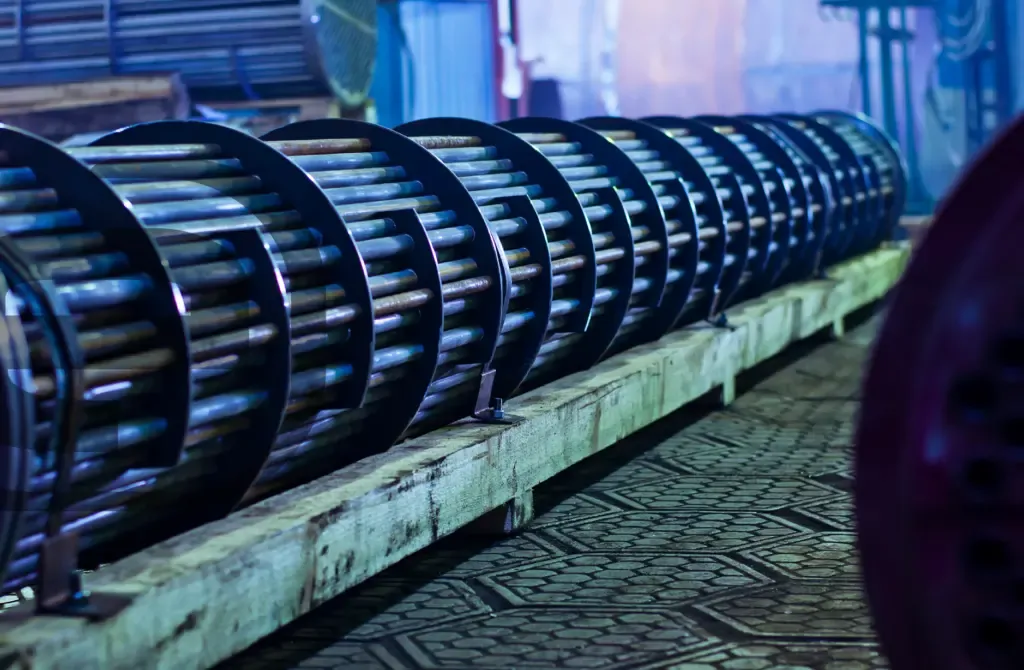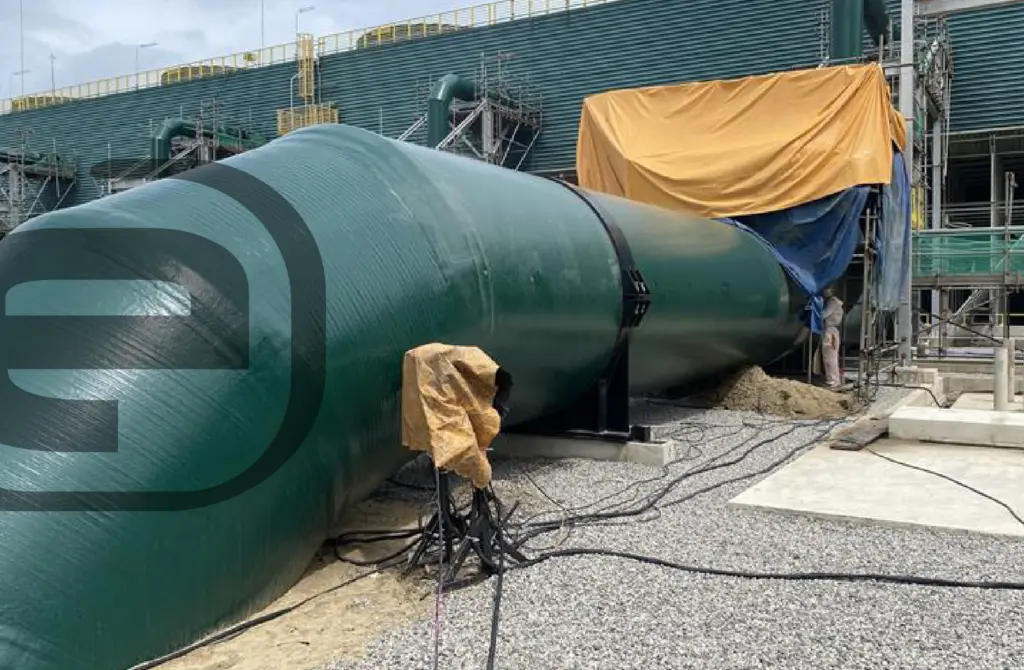Currently, industrial decarbonization is one of the major objectives and challenges worldwide; the emissions generated by the Oil & Gas industry represent a significant percentage of greenhouse gases. Large energy companies are accelerating the transition to a more sustainable energy to reverse this situation and meet the agreed objectives.
Taking into account the lifespan of industrial plants as well as their cost, the decarbonization strategy involves partial replacement or improvement of existing facilities in order to achieve the highest possible energy efficiency. Innovation and technology are the pillars for achieving the proposed objectives, with advanced simulation, integrity analysis, and Fitness for Service studies being the most powerful tools to achieve these goals.
Through simulation, it is possible to predict firsthand and with a high level of detail how the installed equipment in industrial plants would operate and respond to different operating scenarios, both in steady-state and static conditions, achieving maximum optimization in equipment design. This translates into a reduction not only in investment and operating costs but also in a decrease in greenhouse gas emissions, as required by national and European objectives.

Thanks to a multidisciplinary team, CADE provides comprehensive advice on the design and operation of industrial plants. We have extensive experience in studying different equipment and analyzing operational processes, as detailed data analysis from these operational processes is another key tool in decarbonization strategies. It is essential to understand how the plant works and its operational strategy in order to chart the roadmap towards decarbonization and maximum energy efficiency objectives.
In addition, CADE is actively involved in different plants throughout their entire life cycle, as we collaborate in preliminary design and design stages and participate in more advanced operational stages, where the mechanical integrity of equipment is evaluated for possible defects or structural failures through Fitness for Service analysis. In these types of studies, it is critical to have expertise like CADE’s in damage mechanisms to conduct a proper fitness-for-service evaluation and determine whether the evaluated equipment needs to be replaced or can continue in service. To make this determination accurately, it will be necessary to correctly determine the remaining life of the equipment.
Further information:
For any question or further information about our services and capabilities please complete the following form:












